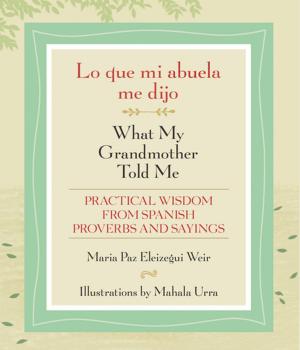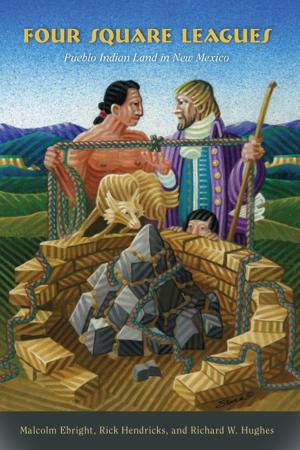No Mere Shadows
Faces of Widowhood in Early Colonial Mexico
Nonfiction, History, Americas, Mexico, Social & Cultural Studies, Social Science, Gender Studies, Women&| Author: | Shirley Cushing Flint | ISBN: | 9780826353122 |
| Publisher: | University of New Mexico Press | Publication: | May 1, 2013 |
| Imprint: | University of New Mexico Press | Language: | English |
| Author: | Shirley Cushing Flint |
| ISBN: | 9780826353122 |
| Publisher: | University of New Mexico Press |
| Publication: | May 1, 2013 |
| Imprint: | University of New Mexico Press |
| Language: | English |
Three generations of women in one family are the characters in this intimate historical study of what it meant to be a widow in sixteenth-century Mexico City. Shirley Cushing Flint has used archival research to tell the stories of five women in the Estrada family—a mother, three daughters, and a granddaughter—from the time of the Spanish conquest of Mexico in 1520 until the 1580s. Each was once married and when widowed chose not to remarry. Their stories illustrate the constraints placed upon them both as women and as widows by the religious, secular, and legal cultures of the time and how each refused to be bound by those constraints.
Money, influence, knowledge, and connections all come into play as the widows maneuver to hold onto property. Each of their stories illustrates an aspect of Spanish life in the New World that has heretofore been largely overlooked.
Three generations of women in one family are the characters in this intimate historical study of what it meant to be a widow in sixteenth-century Mexico City. Shirley Cushing Flint has used archival research to tell the stories of five women in the Estrada family—a mother, three daughters, and a granddaughter—from the time of the Spanish conquest of Mexico in 1520 until the 1580s. Each was once married and when widowed chose not to remarry. Their stories illustrate the constraints placed upon them both as women and as widows by the religious, secular, and legal cultures of the time and how each refused to be bound by those constraints.
Money, influence, knowledge, and connections all come into play as the widows maneuver to hold onto property. Each of their stories illustrates an aspect of Spanish life in the New World that has heretofore been largely overlooked.















